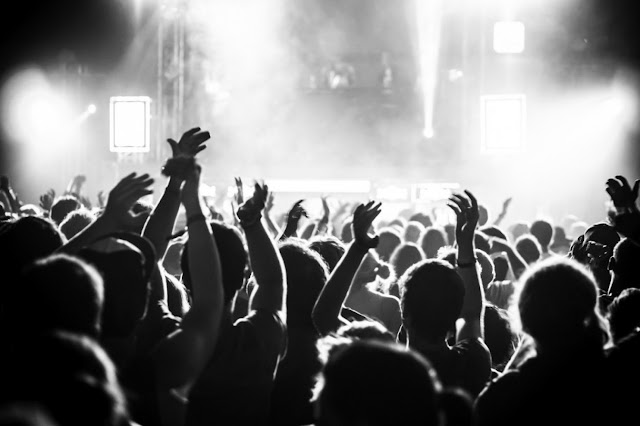Dial Down the Volume
Dial Down the Volume
The British folk-rock band is mild compared to the acts scheduled to play popular summer music festivals like Pitchfork and Lollapalooza. But any prolonged exposure to music at high volume puts listeners' hearing at risk.
people attending summer music festivals, or any rock or pop concert, need to be as concerned about hearing damage. Noise damage can be compared to sun damage, Like the sun's rays, exposure to loud sound can have a dangerous, irreversible effect over time.
If you get a sunburn, your body will eventually heal, but your skin has been damaged. Therefore, you’re more susceptible to skin cancer down the road, The same concept applies to hearing: If you've been exposed to dangerous levels of noise and are continually exposed, you're more likely to develop hearing loss.
Know your decibels
Approximately 28 million Americans between the ages of 20 and 69 have some measure of hearing loss from overexposure to loud noises. The danger increases as the sound gets louder and you're immersed in it longer.
According to the National Institute for Occupational Safety and Health, risk for hearing loss begins after crossing certain thresholds: for example, listening to sound at 88 decibels for four hours, 94 decibels for one hour, 97 decibels for 30 minutes and 100 decibels for 15 minutes.
Mobile phones have made it easy to monitor noise levels in the surrounding environment. Sound (loudness) level meters are widely available for both iPhone and Android phones, When you're exposed to too much noise, your system reacts. You will notice symptoms such as dulled hearing and ringing in your ears. Your system eventually rebounds, but the exposure has already occurred and there's no way to reverse that.
Noise damage can be compared to sun damage. Like the sun's rays, exposure to loud sound can have a dangerous, irreversible effect over time.
Earplugs are an inexpensive solution
So why aren't more people concerned with protecting their hearing?
Most people believe earplugs reduce the quality of sound, as is the case with the single-use, foam earplugs that are available at drugstores. However, non-custom, reusable musician's earplugs such as PUAroom earplugs provide sound reduction
Personal audio devices also put hearing at risk
cautions about prolonged exposure to music at high volume from personal music players. "We need to keep in mind that the same rules for loud sound and exposure apply when we are listening to music on our phones or tablets."
The World Health Organization announced that 1.1 billion people ages 12 to 35 listen to personal audio devices at "unsafe volumes," which put them at risk of permanent hearing loss. The WHO recommended young people listen to music on personal devices no more than an hour a day.
These precautions can spare younger listeners from the noise induced hearing damage done to Baby Boomer rock stars (think Pete Townshend and Phil Collins) and fans alike. Good hearing protection wasn't around then, Now we have good, inexpensive devices that let you enjoy music but still help preserve your hearing. Why wouldn't you use them?




评论
发表评论